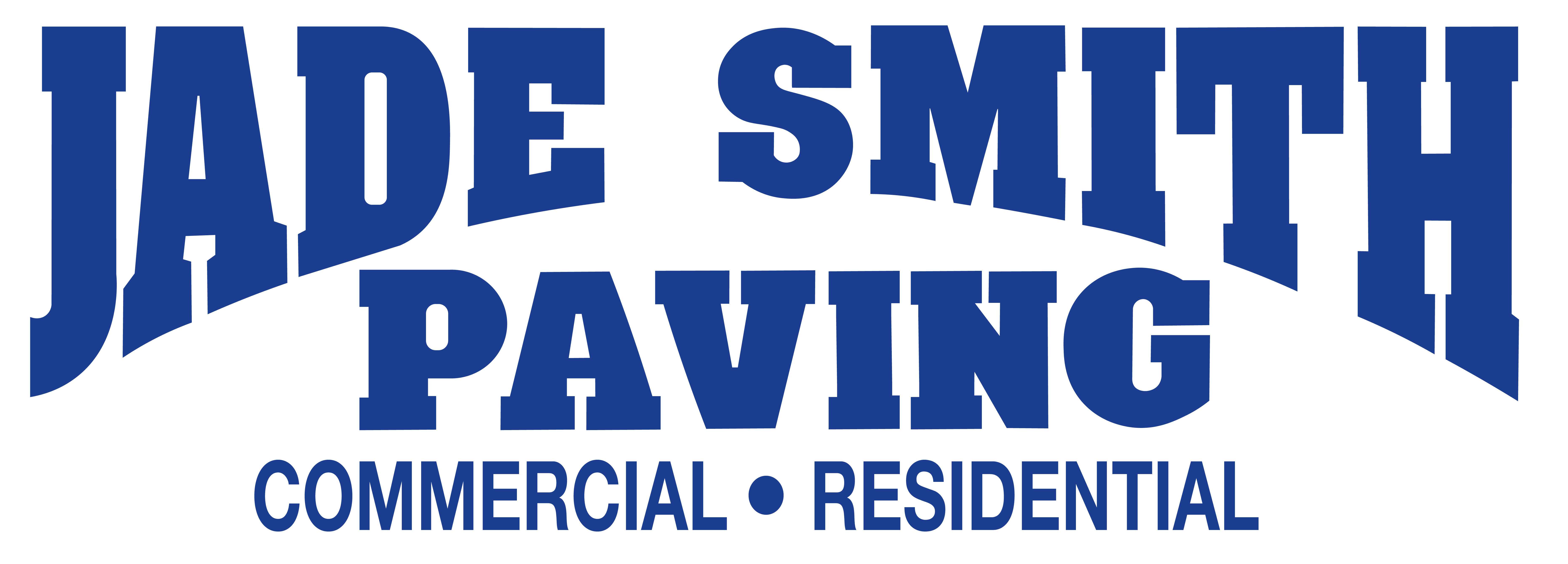Different asphalt problems require different measures.
You might experience a variety of asphalt problems on your driveway. Which means you should have an idea of the specific repair required for them.
Having a clear idea of the problem and the type of asphalt repair required will allow you to determine the right tools, techniques, and materials to be used to solve the issue.
In this post, we are going to talk about some of the different types of asphalt repairs you might have to do on your driveway. So, let’s cut to the chase, and dive right into the content!
6 Different Types of Asphalt Repairs You Should Know
-
Asphalt Sealing
Contrary to popular belief, asphalt sealing shouldn’t be done frequently. This is because it can lead to a reduced life span of the asphalt material. If you do think that you require a ceiling, you must first consult a professional before you go on to apply sealant on your payment. However, you must make sure that the surfaces are well cleaned so that there are no grease or oil spots on the driveway. Once you do that, you should go on to apply the sealant after reading the manufacturer’s instructions.
-
Crack Filling
Crack filling is a regular thing to ensure that there is no water infiltration in the driveway. It will help you reduce the rate at which the damage for the cracks are spreading through the driveway. Remove all dirt and debris from the cracks before you start filling them. Also, make sure the cracks are totally dry before you apply a filter on them.
-
Skin Patching
Skin patching is a technique used to repair potholes and depressions in the driveway. You will have to apply an asphalt emulsion before you start filling the holes. The materials you will use to fill the holes should be hot and must be spread over maintaining the proper elevation. The material then should be compacted using the right tools. Finally, you must seal the repair so that it gets enough time to solidify.
-
Resurfacing
Resurfacing is done frequently to prolong the life of the asphalt you have applied on the driveway. It is definitely one of the most cost-effective ways to keep the asphalt quality intact. Before you start resurfacing, you must get rid of the debris and vegetation. Once the surface is clean and clear, you can go on to apply a tack coat on the surface to prepare it for resurfacing. As per standards, the average thickness of the resurfaced asphalt should be a minimum of 1.5 inches.
-
Removal and Replacement
Lastly, there will be times when repairs will not be able to keep your driveway together. The asphalt problems on your driveway my way verse then and you would imagine. What this means is you will have to completely remove the asphalt layer and replace it with the new one. This is most suited to correct slippage cracks. However, when it comes to correct block cracks for alligator cracks, you might have to remove the entire asphalt layer and redo the foundation. This is not a small task and will require a team of professionals to help you with that.
Wrapping Up
There you have it. We have shared some of the most common types of asphalt repairs that one should know. Although you can carry out a number of repairs yourself, we highly recommend you to consult professionals to help you with them if you are not experienced with the repairs. Have questions? Feel free to put them down in the comments section. We would love to hear from you!
